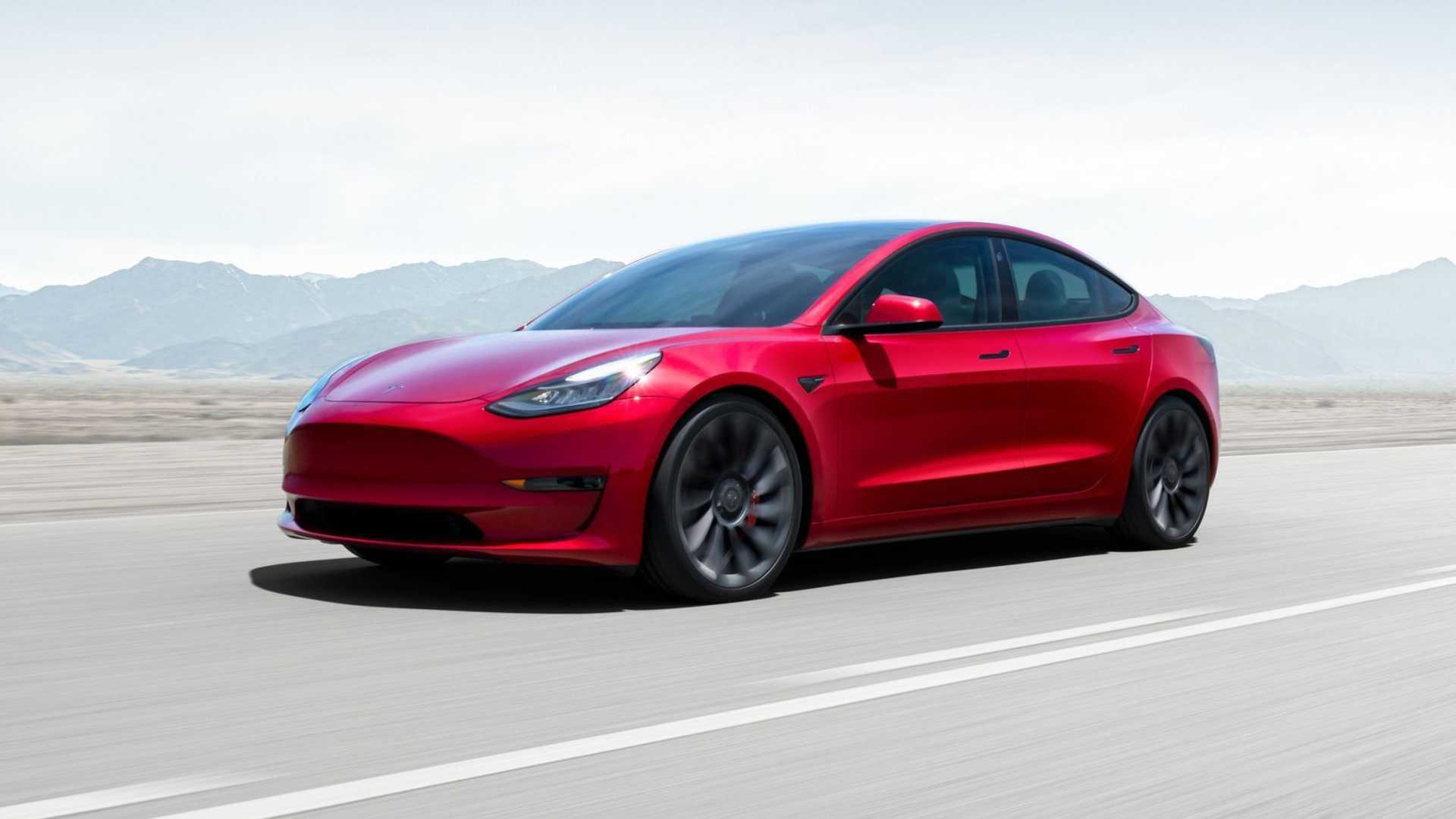[ad_1]
Of all the various government programs designed to encourage electrification, the Environmental Protection Agency‘s fuel economy rules, which work in tandem with California’s emissions standards and the zero-emission vehicle mandate, are arguably the most effective. They are probably the second most important factor in pushing traditional automakers to produce electric vehicles (the most important is competition from Tesla).
Above: An overview of electric vehicle charging (Flickr: Andrew Bone)
The EPA has now finalized a set of new fuel economy standards, which the New York Times calls “the most significant climate action taken to date by the Biden administration, and [the] highest level ever for fuel economy.
The story so far: In 2017, major automakers called on the new US president to relax federal fuel economy regulations, which were a major factor in forcing them to produce electric vehicles. The administration enthusiastically complied, but it turns out that the process of rewriting federal regulations is complex, and the Demolition Team was unable to implement their relaxed new rules before time runs out. Immediately following the election of President Biden in 2020, EPA has started drafting a new set of fuel economy standards.
Detail-oriented readers can reams of legal jargon on the EPA website, but for those with shorter attention spans, here’s the fact sheet summary: The new fuel economy rules apply to model years 2023 through 2026 and will come into effect 60 days after their publication in the Federal Register. They will require automakers to produce passenger cars and light trucks with an average fuel economy of 55 mpg by 2026. Today’s average figure is 38 mpg. Regulations promulgated by the Obama administration in 2012 (and rescinded by the Trump administration) would have averaged around 51 mpg by 2025.
These figures apply to the average of all vehicles sold by each automaker. Most gasoline-powered vehicles don’t (and won’t) near 55 mpg (the Ford F-150 gets around 20 mpg), so to meet the standards, automakers will have to sell a substantial number of electric vehicles. to compensate for their popular essence. guzzlers (or buy emission credits from Tesla).
There are separate sets of rules for commercial vehicles (trucks and buses) and all-terrain vehicles.
The standard that is now finalized is slightly stronger than the version that was proposed in August. Like Dave Cooke, Senior Vehicle Analyst at Union of concerned scientists explains, it will gradually close a few loopholes involving emissions credits that have allowed the auto industry to “continue to kick the road.” EPA officials are working on future regulations for model year 2027 and beyond that would provide even more incentive for automakers to increase sales of electric vehicles. They say they hope to publish a project in 2022 and complete it before President Biden’s first term ends.
The range of reactions to the news was predictable.
The new Biden rule “essentially just recovers the emissions cuts we lost during Trump’s pullback,” former EPA senior engineer Jeff Alson said. “This is good, but it will not bring us any closer to the level we need to achieve to reduce vehicle emissions enough to protect the planet. “
“Instead of helping families, [President Biden is] prioritize radical environmentalists with tough regulations that dictate the cars we buy and drive, â€tweeted Cathy McMorris Rodgers, the Republican ranked on the US Energy and Commerce Committee. (The EPA estimates that an average car owner will save about $ 1,080 in fuel costs over the life of a vehicle under the new regulations.)
As for the automakers, they seem to be okay with the new rules, as long as the government plans to send them subsidies as well. “Achieving the goals of this Final Rule will undoubtedly require the adoption of supportive government policies, including incentives for consumers, substantial infrastructure growth, fleet requirements, and support for the manufacturing and development of supply chain in the United States, â€said John Bozzella, president of the Alliance for Automotive Innovation. , a pressure group.
GM says it “supports the goal of the final rule and its intention to significantly reduce emissions,” but is still examining the details. Ford said “we applaud the EPA’s efforts to strengthen greenhouse gas emissions standards and create a cohesive national plan.” Stellantis called the new standard “aggressive” and said the government should support a transition to zero-emission vehicles.
Ray Curry, president of the United Auto Workers union, called the standards “well thought out” and said: “History has shown that strong standards based on stakeholder feedback that include American workers at the table can be an opportunity both for maintaining employment, creating jobs and protecting the environment.
As the Times noted, this is the best news for EVs and Washington’s climate to come since Biden took on the scam. Unlike most of the president’s climate initiatives, the new EPA regulations are expected to be difficult, if not impossible, for anti-EV forces to reverse. Standard setting is executive action, so Congress cannot overrule it directly, and the new rules will take effect long before Biden’s first term ends. By then, automakers will already be producing vehicles based on the new regime and therefore should have little appetite for watering down the regulations. Until then, of course, we are all hoping that consumers will show a strong preference for electric vehicles and that automakers will plan accordingly.
VIDEO
===
This article originally appeared in Accused. Author: Charles Morris. Sources: EPA, New York Times, Union of concerned scientists; Video: United States Environmental Protection Agency
[ad_2]

